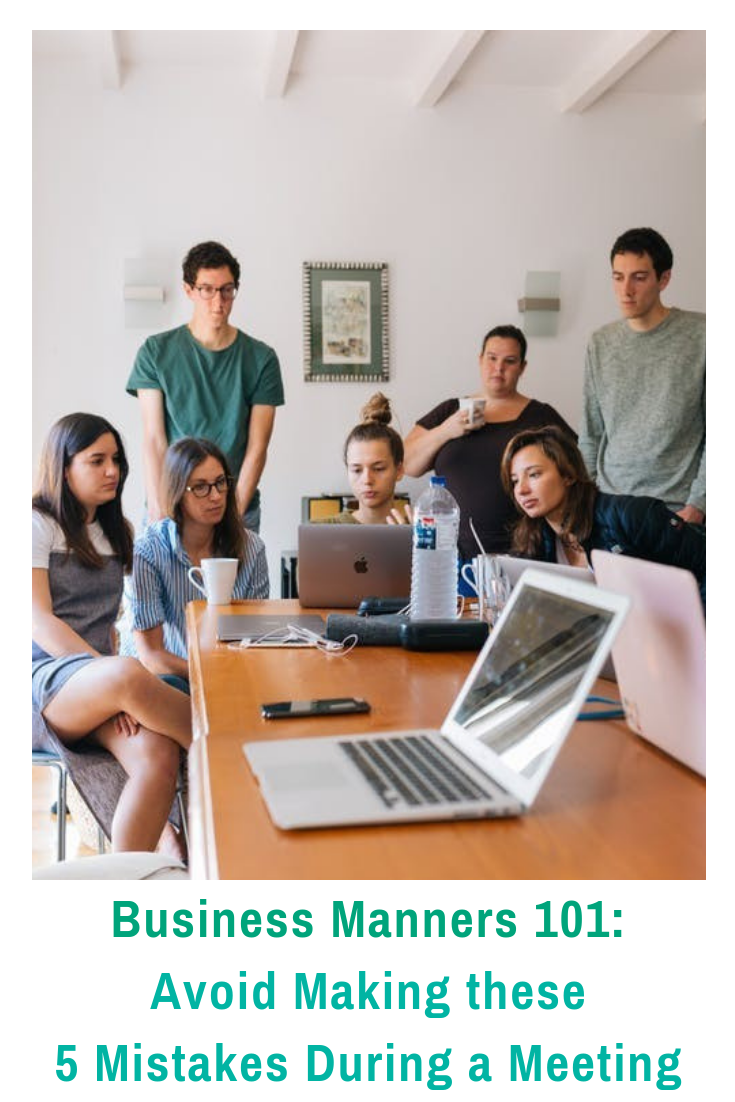Business Manners 101:
Avoid Making These 5 Mistakes During a Meeting
Knowing how to conduct an effective meeting is a skill you need to learn; it’s not something to take for granted. But no matter what you do, you need to learn to recognize the most common mistakes managers make during a meeting in order to avoid making them yourself.
If you don’t want your meeting to be boring and unproductive, here’s what you need to keep in mind:
 1. Don’t get carried away by distractions
1. Don’t get carried away by distractions
And don’t let the listeners get distracted by them either.
So what if the telephone rings? Leave it be.
Also, no eating and no drinking. Instead, you should be focused on the task at hand. You see, even something as simple as chewing a gum can potentially distract the listeners.
Your goal should be directing their attention towards what you have to say.
2. Don’t let your presentation be dull and monotonous
Although it may seem obvious on the surface, too many managers rush when preparing the presentation and whip up something just for the sake of doing it. The result is an ineffective presentation that simply doesn’t attract the attention you’d like.
To prevent this from happening, you should be using modern presentation software that allows you to choose from hundreds of smart templates and features designed to make your presentation shine.
3. Don’t let the event go unrecorded
In the modern lives we live today, it’s a utopia to expect that everyone will be available all the time. Things can get in between – that’s life.
Luckily, there’s a simple solution to the problem; either stream or record the meeting so those who were unable to attend it live can always re-watch it at a later date.
4. Don’t leave others outside the discussion
A meeting should allow everyone to voice their concerns and contribute thoughts and ideas. In no way should you be the only one to speak (unless no one has anything to add, which rarely happens in practice).
The meeting should be inclusive; that way, the participants get to feel like they’re truly a part of something and not just another brick in the wall.
5. Don’t forget to include a summary at the end
Since it’s next to impossible to expect that everyone will be taking notes during the presentation itself, you should be the one to provide a summary after you’re done.
In it, it should be clearly stated what the next steps are and who’s responsible for what.
A couple of bullet points should do the trick.
You can also print them and hand them out or send them via email just to make sure that everyone’s on the same page.
Conclusion
As we’ve learned today, a meeting should be a dynamic experience for everyone involved.
While there’s no straightforward recipe for how to do it right, the above-mentioned principles are general and widely-applicable enough so you can learn something from them and implement them without too much trouble.
But above all, if you recognize you’ve been making some of these mistakes yourself, the least you can do is break the habit and push for improvements.


